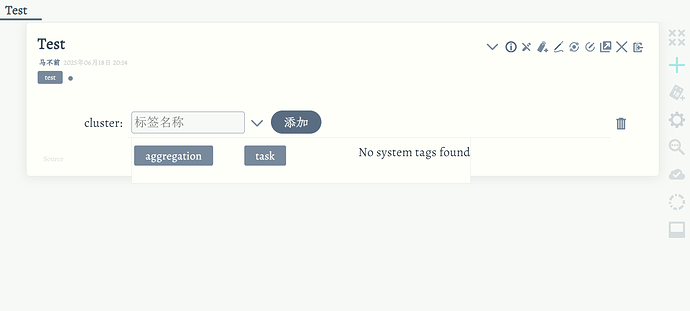Thanks for the edit and reply. But I was thinking from the point of view of helping newbies to master wikitext.TiddlyWiki is really special, and the person who uses TiddlyWiki can hardly be an end-user of TiddlyWiki if he can’t master these techniques. He can easily be attracted by other emerging note-taking software and leave TiddlyWiki. so I hope to write a tutorial with a historical version. So I hope to write a tutorial with a historical version, telling the newcomer what the macro does, how it can be used, and what it lacks. Then what problems we might encounter, and then how the macro should be considered for improvement. Then show the newbie the improved version, tell them what was changed, why it was changed, and what results were achieved. And work backwards from there. This is what I want to tell the user, which is that they can know why it was done, and what they can do to improve it themselves in the future when they have their own needs. If we just provide an excellent macro to a new user, then they might think it’s a macro I can’t use, but then when they actually want to do something with TiddlyWiki, they feel they don’t have enough knowledge and skills to master TiddlyWiki.
Another reply was that I didn’t mean for the development team to specifically create some explanatory examples. Rather, it’s an explanation of how it’s built using wikitext from the system entries in the core. The most common are list wigets and filters. For example why the filters are written the way they are and what scenarios are considered.
For example, for the following code, which implements a feature where the edit field is controlled by a cascading template. This way when we need a date field, it can behave like any other template.
[<currentField>] :cascade[all[shadows+tiddlers]tag[$:/tags/FieldEditorFilter]!is[draft]get[text]] :and[!is[blank]else{$:/core/ui/EditTemplate/fieldEditor/default}]
In the image above, I have used a special field, cluster, which has a different edit template than the normal field. This shows that the filter above is in effect.
Thus if the user doesn’t know about the cascading prefix filter expression, he may not understand what this means.

